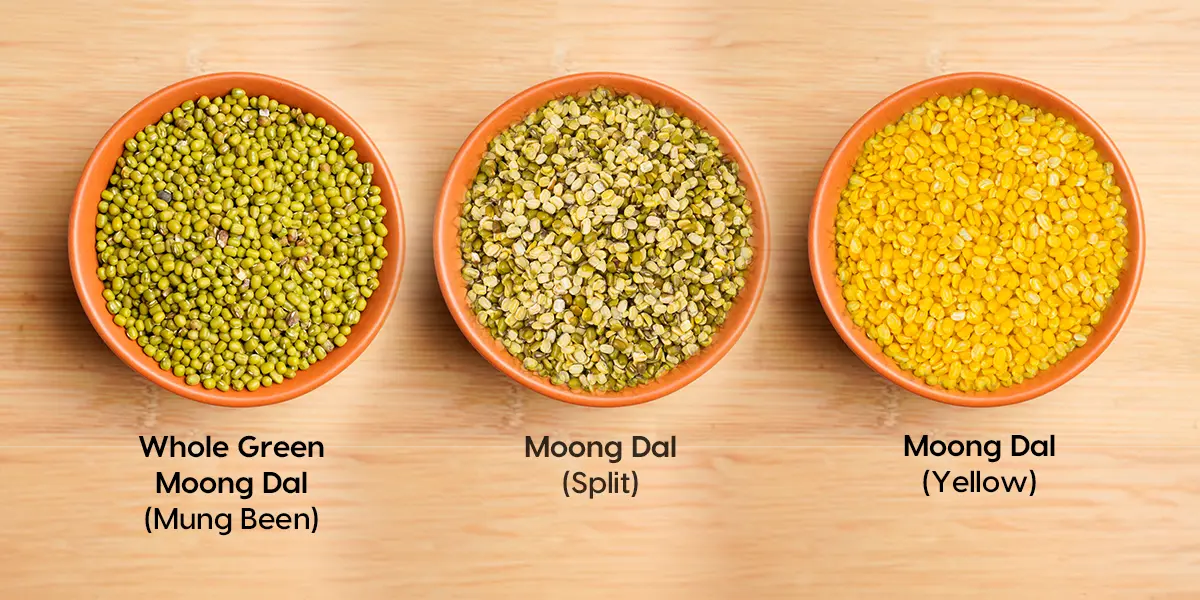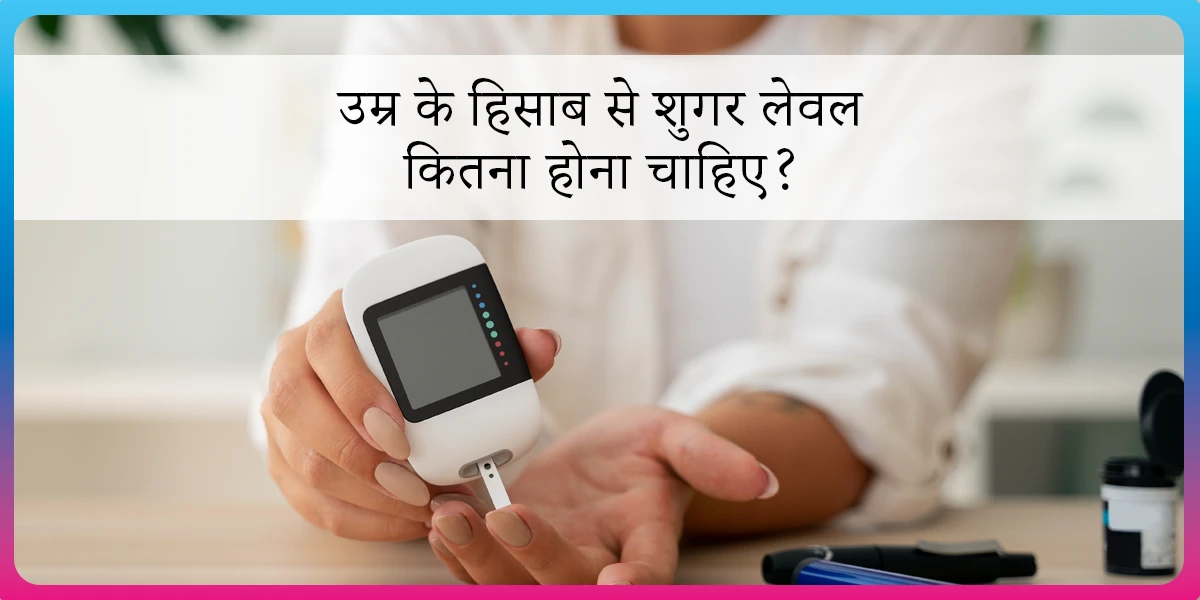Is Moong Good for Diabetes?

When managing diabetes, one of the most crucial factors to consider is diet. Certain foods have a more favorable impact on blood sugar levels, and moong for diabetes is a prime example.
Moong (whole green moong dal) is not only nutritious but also plays a significant role in helping to stabilize blood sugar levels. But how exactly does moong for diabetes benefit people with diabetes, and how can you incorporate it into your diet?
Let’s break it down.
To know your chances of Diabetes reversal, take the Diabetes Reversal TestDiabetes Reversal
Calculator
What is Moong?
Moong,are small, green legumes commonly used in Indian cooking. They come in various forms, whole, split, and skinned, and are known for their mild taste and high nutritional value.
Whether in salads, soups, chaat or traditional dishes, moong is a versatile ingredient that’s both healthy and delicious.
What are the Types of Moong Available in Our Local Indian Markets?
1. Whole Green Moong
Whole green moong beans are small, olive green coloured legumes that are often used in curries, salads, and soups. These beans are rich in fiber and protein, making them an excellent choice for managing diabetes. They can be soaked and sprouted, which makes them more nutritious and easier to digest.
2. Split Moong Dal
Split moong, or moong dal, is green + pale white in color. This variety cooks faster than the whole moong and is commonly used in dishes like khichdi and dal.
3. Split and Skinned Moong (Dhuli Moong or Chilka Moong dal)
Dhuli moong is the most processed form of moong, where both the skin and the split are removed, resulting in small, white-yellowish lentils. This type of moong is often used in soups and purees.
Although it has slightly less fiber than whole or split moong, it is still a good source of protein and essential nutrients, making it a diabetes-friendly option.
What is the Nutritional Value of Moong?
Moong beans are rich in protein, dietary fiber, essential vitamins, and minerals like magnesium and potassium. These nutrients are vital for overall health and play a crucial role in diabetes management by helping to stabilize blood sugar levels. As per IFCT, 2017*, 100 grams of moong contain:
Nutrient |
Nutritional Value* (per 100 gm) |
|
Whole Green Moong |
Yellow Split Moong |
|
| Energy | 294 kcal | 326 kcal |
| Carbohydrate | 46 gm | 53 gm |
| Protein | 23 gm | 24 gm |
| Total Fat | 1 gm | 1 gm |
| Calcium | 92 mg | 43 mg |
| Phosphorus (P) | 353 mg | 416 mg |
| Iron | 5 mg | 4 mg |
| Total Fiber | 17 gm | 9 gm |
| Omega 3 | 180 mg | 157 mg |
| Potassium | 1 gm | 1 gm |
| Magnesium (Mg) | 198 mg | 155 mg |
| Natural Sugar | 1 gm | 1 gm |
What is the Glycemic Index of Moong?
Moong beans have a low glycemic index of 31, which means they you have them in your meal, they will release glucose into your bloodstream slowly, preventing sudden spikes in blood sugar levels. This makes them an ideal food choice for those with diabetes.

Is Moong Good for Diabetes?
As previously mentioned, moong beans have a low glycemic index, which means they have a gradual effect on blood sugar levels. This makes them a great option for individuals with diabetes who need to carefully regulate their glucose levels.
Additionally, they are rich in fiber, protein, and important nutrients such as magnesium and potassium, which support overall health and aid in preventing blood sugar spikes.
How Moong is Ideal for Diabetes Management?
Moong’s ability to stabilize blood sugar levels, coupled with its high fiber and protein content, makes it an ideal food for diabetes management. It can be easily incorporated into various meals, providing sustained energy without causing blood sugar spikes.
Are There Any Benefits of Eating Moong in Diabetes?
Moong dal is a highly nutritious legume/dal that offers a variety of health benefits when included in your diet. Here are some:
1. Rich Source of Protein
Moong dal is an excellent source of plant-based protein, making it great for vegetarians and vegans. Protein is essential for muscle repair, growth, and overall body function.
2. High in Fiber
Moong dal is rich in both soluble and insoluble fiber, which plays a crucial role in maintaining digestive health. It helps prevent constipation, promotes regular bowel movements, and reduces cholesterol levels, contributing to better heart health.
3. Low in Calories
Moong dal is low in calories, making it an ideal food for weight management and those looking to maintain a healthy weight. Despite being low in calories, it is nutrient-dense, providing essential vitamins and minerals.
4. Rich in Antioxidants
Moong dal contains antioxidants such as flavonoids, which help combat free radicals in the body. These antioxidants reduce the risk of chronic diseases.
5. Supports Heart Health
The potassium and magnesium content in moong dal helps regulate blood pressure, while the fiber content aids in lowering bad cholesterol levels. Together, these benefits contribute to overall and heart health.
6. Rich in Essential Vitamins and Minerals
Moong dal is packed with essential vitamins like B6, C, and E, as well as minerals such as iron, magnesium, potassium, and zinc. These nutrients are vital for overall health, supporting various bodily functions.
7. Good for Skin and Hair
The antioxidants, vitamins, and minerals in moong dal contribute to healthier skin and hair. Regular consumption helps detoxify the body, which can prevent skin issues and promote a natural glow.
8. Detoxification
Moong dal helps detoxify the body by flushing out toxins. This detoxification process supports overall health and well-being.
9. Enhances Immunity
The rich content of vitamins, minerals, and antioxidants in moong dal boosts the immune system, helping the body fight off infections and diseases more effectively.
What are the Risks of Eating Moong in Diabetes?
While moong is generally safe and beneficial for people with diabetes, excessive consumption can lead to bloating or gas due to its high fiber content in sensitive people. It’s essential to consume it in moderation and ensure it’s well-cooked to avoid digestive discomfort.
What are Moong Recipes for People with Diabetes?
There are numerous ways to incorporate moong dal into your diet. Some delicious and diabetes-friendly moong recipes include moong dal khichdi, moong sprout salad, moong dal soup, dosa, cheela and of course, just as you simple old dal with tadka.
These dishes are not only nutritious but also easy to prepare, making them perfect for everyday meals.
1. Moong Dal Khichdi
A simple, one-pot dish made with moong dal and rice, lightly spiced with turmeric, cumin, and ginger. It’s easy to digest and perfect for those with diabetes. For making it a wholesome meal, add lots of veegies to it like carrots, french beans, onions, tomatoes etc.
2. Moong Sprout Salad
A refreshing salad made with sprouted and cooked or boiled whole moong dal mixed with chopped vegetables like cucumber, tomato, and onion and seasoned with lemon juice, chaat masala, and fresh coriander.
3. Moong Dal Tadka
A staple in most North Indian households, this is cooked moong dal tempered with a mix of onions, tomatoes, cumin, and garlic, often served with chapati, roti or rice.
4. Moong Dal Cheela/Pesarattu
A savory pancake made from ground whole green moong dal which has been soaked overnight, spiced with green chilies, ginger, and coriander, often served with green chutney.
5. Moong Dal Idli
A healthy twist on the traditional idli, made by fermenting a batter of moong dal and rice, steamed to perfection.
6. Cherupayar Curry
A coconut-based curry made with whole green moong dal, spiced with curry leaves, mustard seeds, and green chilies. It’s typically served with rice or chapati.
7. Cherupayar Thoran
A dry dish made with moong dal, grated coconut, and spices like turmeric and green chilies. It’s stir-fried with mustard seeds, curry leaves, and a touch of oil. Typically served with rice.
8. Pasiparrupu Sundal
A light and nutritious South Indian dish made with cooked yellow moong dal, tempered with mustard seeds, curry leaves, green chilies, and a hint of asafoetida.
Finished with a sprinkle of grated coconut, it’s a protein-rich snack that’s perfect for weight loss. Enjoy it as a quick, healthy snack or as a side dish in your meals.
How Much Moong Should People with Diabetes Eat Daily?
While the ideal quantity can vary depending on individual dietary needs, consuming about half a cup of cooked moong dal or sprouts daily is generally recommended for people with diabetes. This amount provides a good balance of nutrients without overloading the digestive system.
How We at Fitterfly Can Help You?
At Fitterfly, we understand that managing diabetes goes beyond just counting carbs. Our personalized Diabetes Programs like Fitterfly Diabetes Prime are designed to help you make informed dietary choices that support your overall health.
With the guidance of expert coaches, we help you incorporate healthy foods like moong into your diet in the most effective way. Let us support you on your journey to better diabetes management with customized plans that fit your lifestyle.
We assure you, it will be worth your time! Give us a missed call on 08068507599.
Reduced diabetes medications in 3 months


6.8%
Happy members
EMI
Guarantee
4.8/5
Diabetes Prime Program
This blog provides general information for educational and informational purposes only and shouldn't be seen as professional advice.
Frequently Asked Questions
Does moong dal increase blood sugar?
No, moong dal has a low glycemic index, meaning it does not cause a rapid increase in blood sugar levels. It is considered safe for people with diabetes.
Does moong help in managing blood sugar levels?
Yes, moong helps manage blood sugar levels due to its low glycemic index and high fiber content, which slow down the release of glucose into the blood.
Can moong help with weight management for diabetes?
Yes, moong is low in calories and high in protein and fiber, which can help with weight management, an important aspect of diabetes care.
Can moong be consumed daily by people with diabetes?
Yes, moong can be consumed daily in moderation. It is a nutritious addition to a diabetic-friendly diet and can be included in various meals.
Is there a difference between green and yellow moong in terms of benefits for diabetes?
Both green (whole moong) and yellow (split moong dal) varieties are beneficial for diabetes. The green moong has more fiber due to its skin (chilka), while yellow moong dal is easier to digest. Both are good options to include in your diet, whether you have diabetes or not.





















